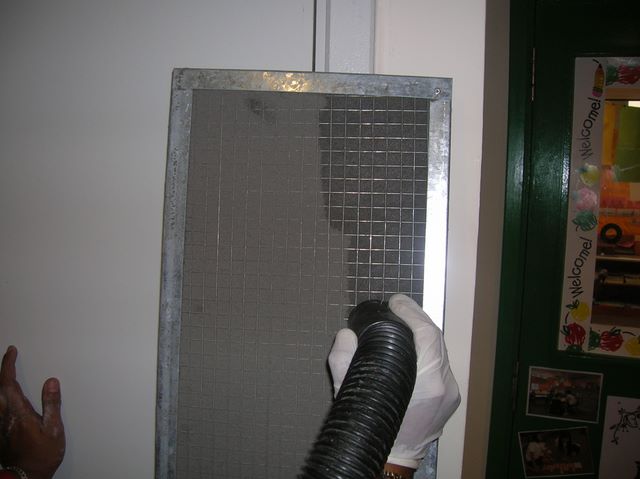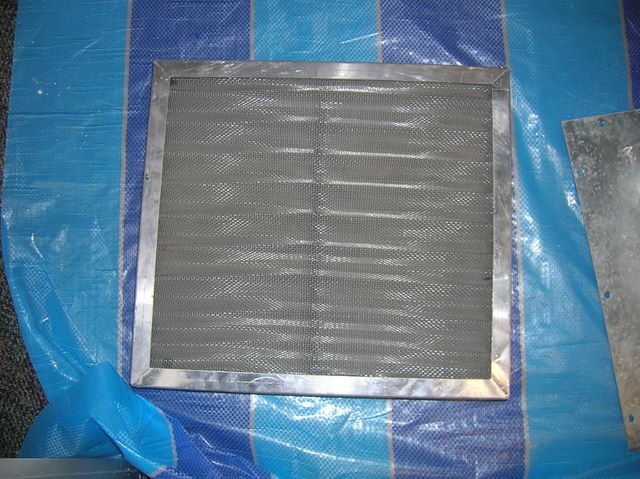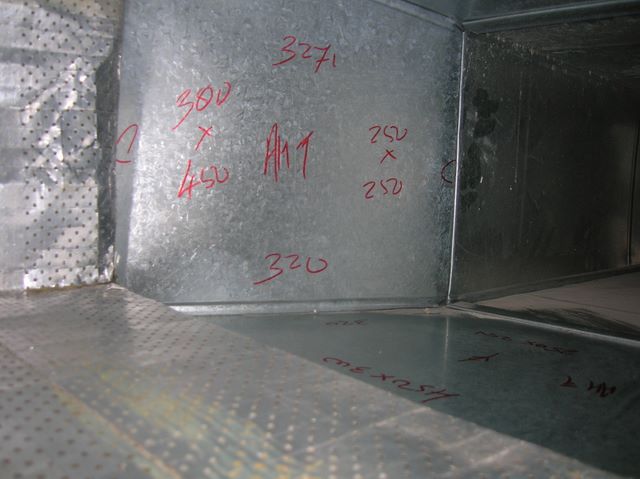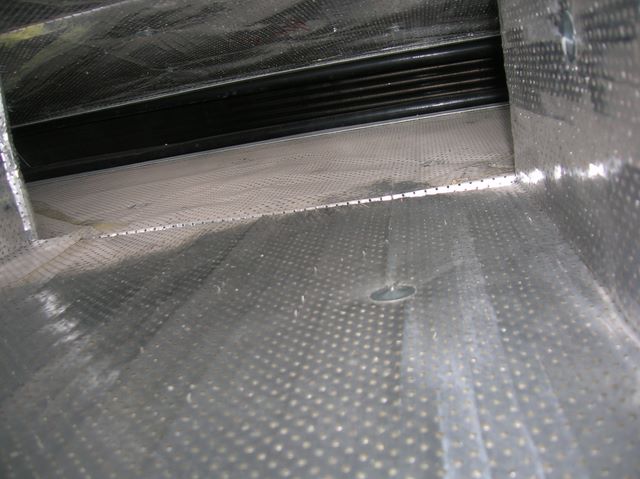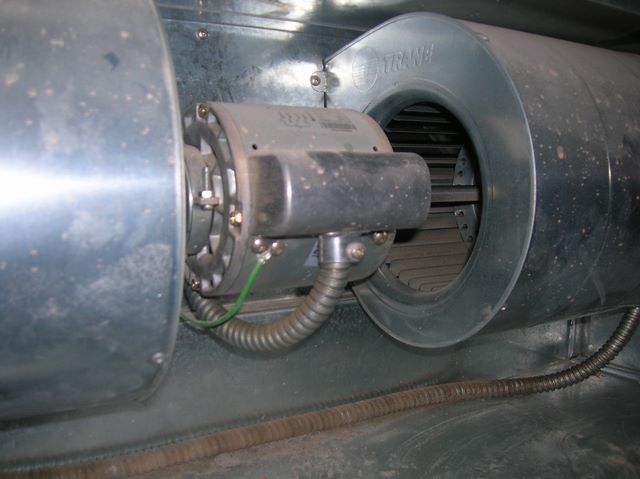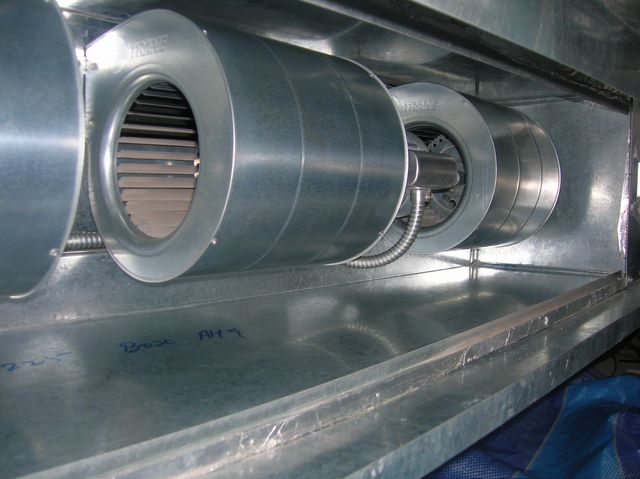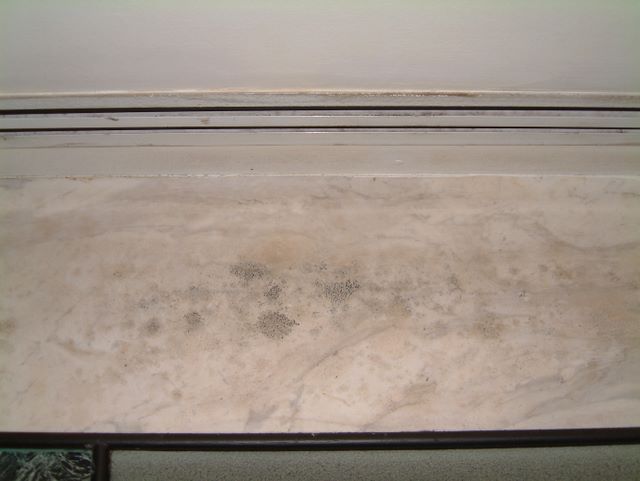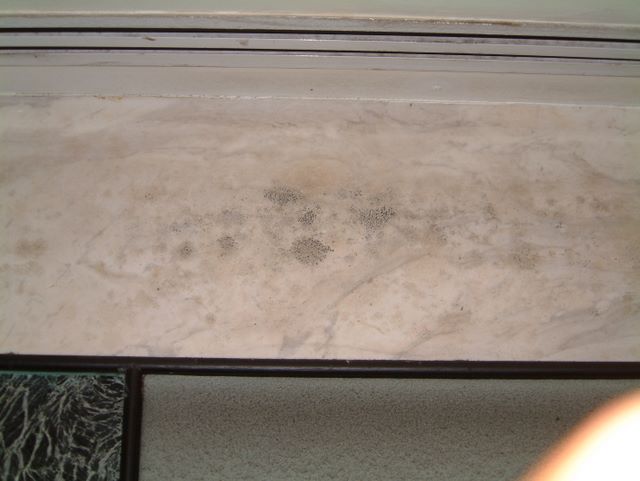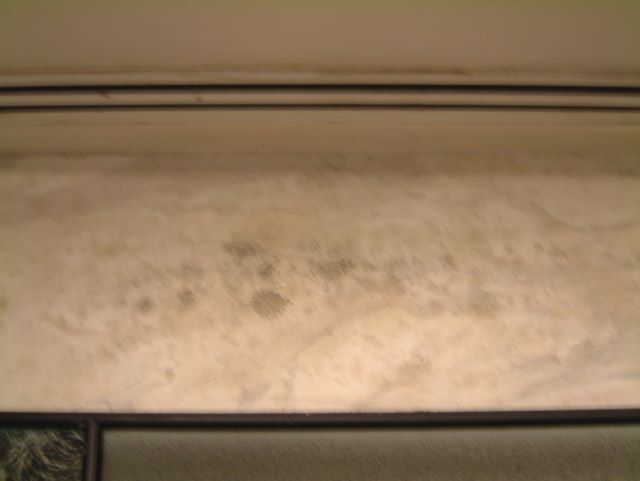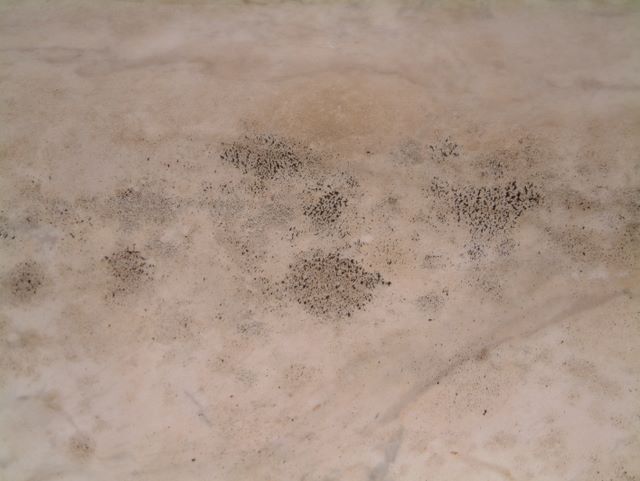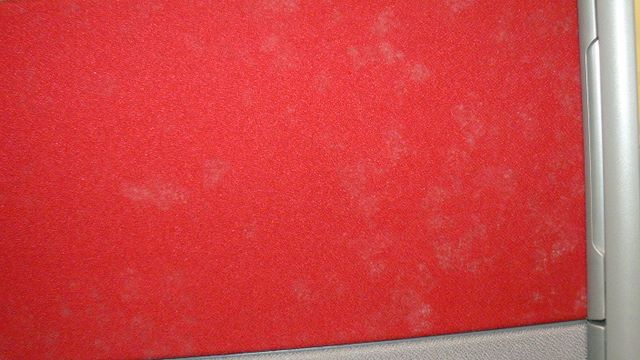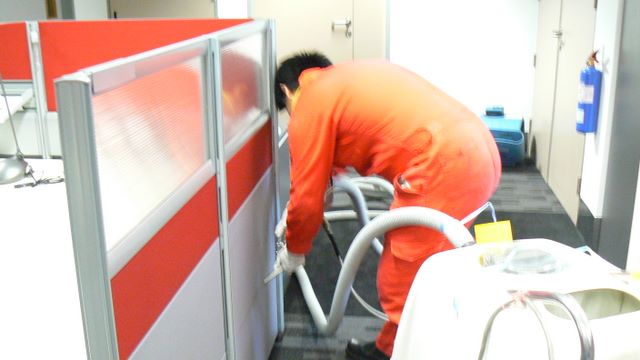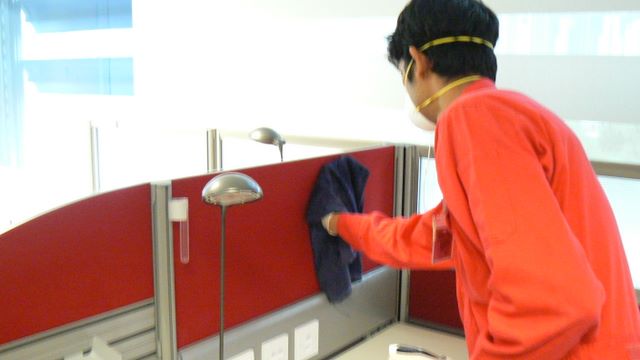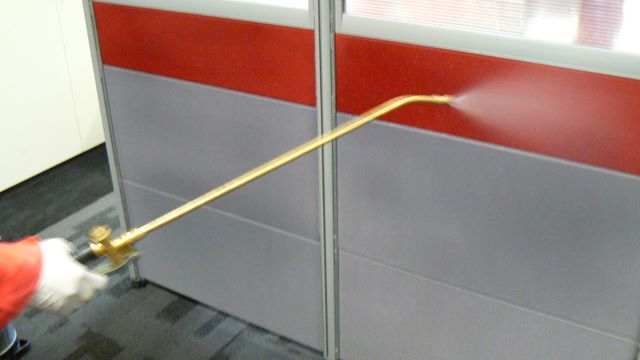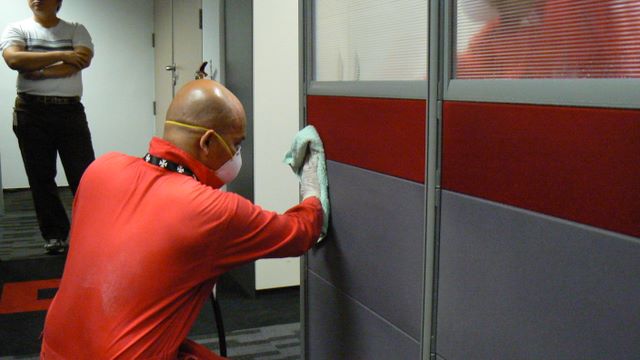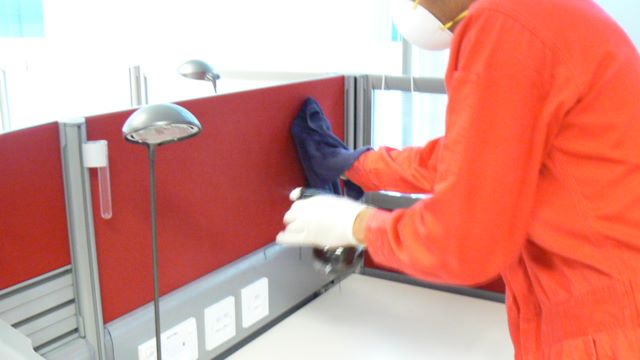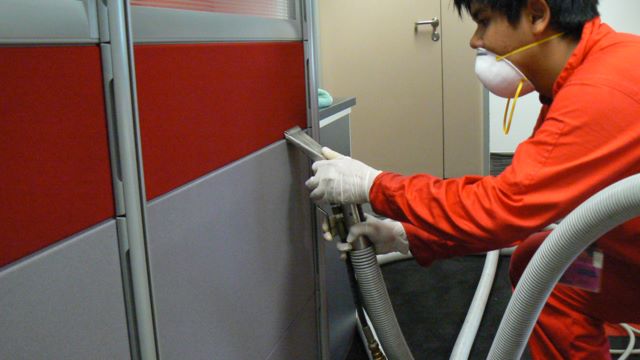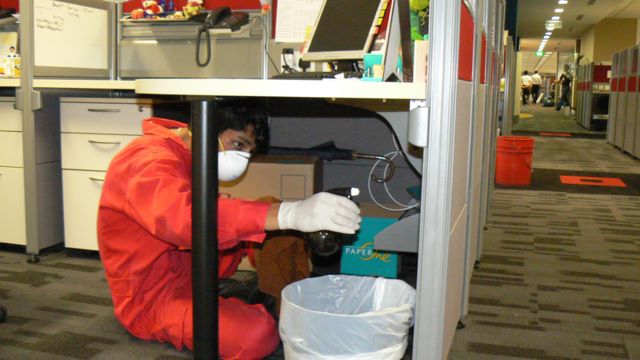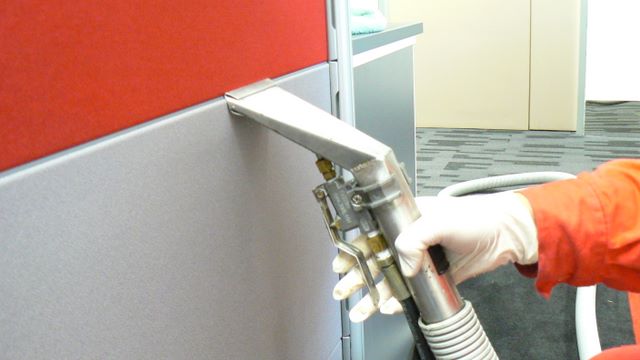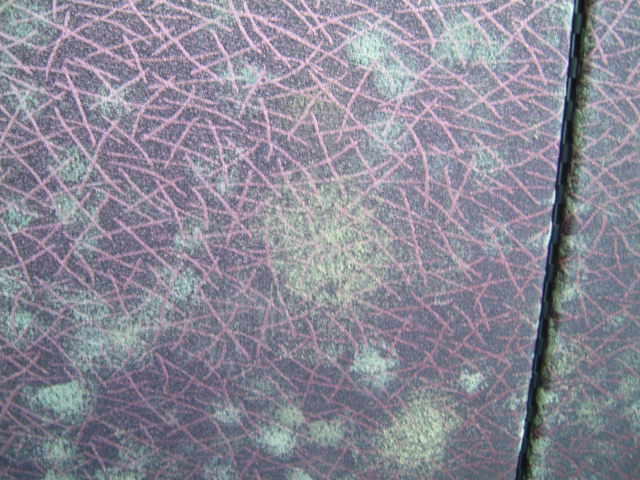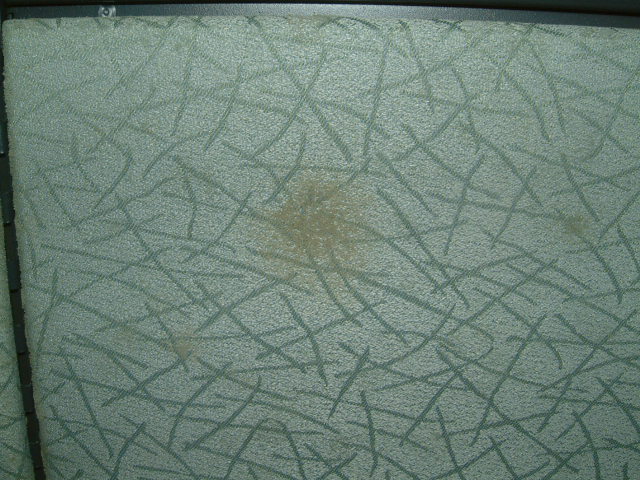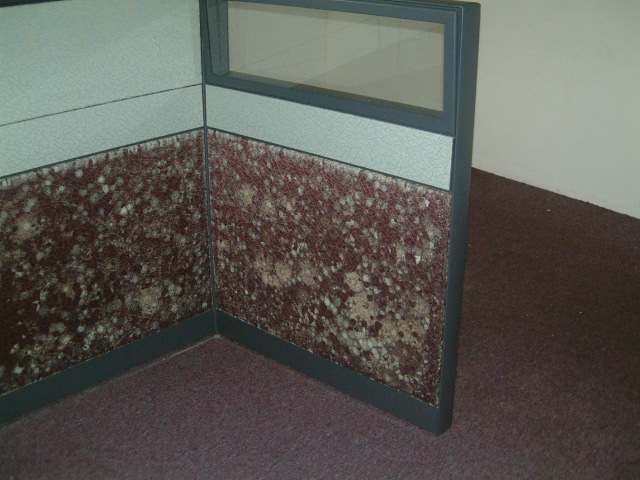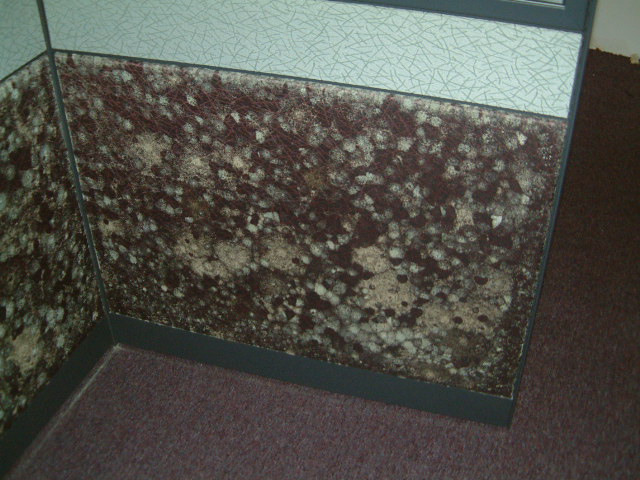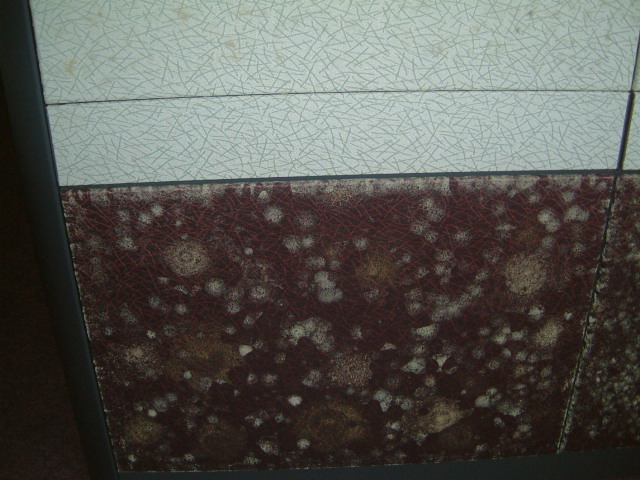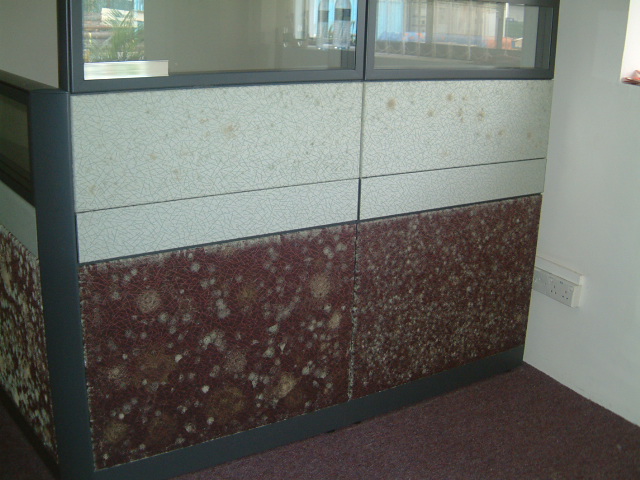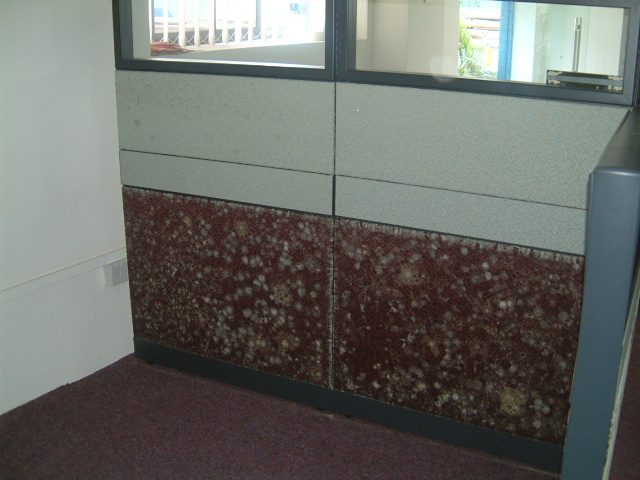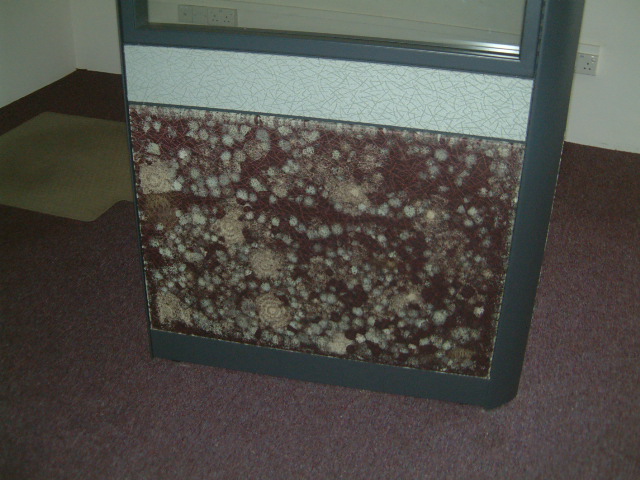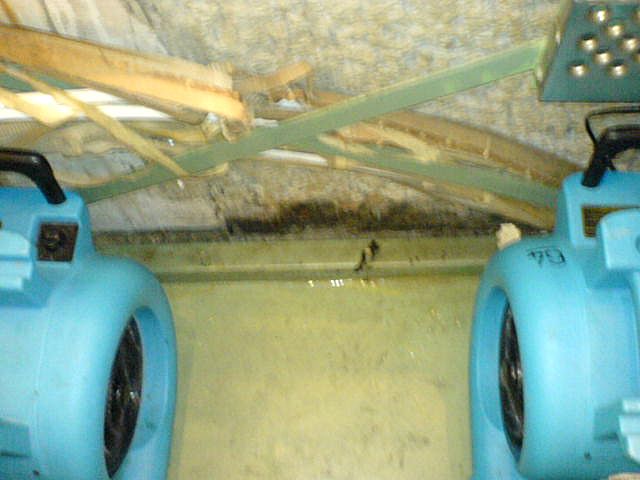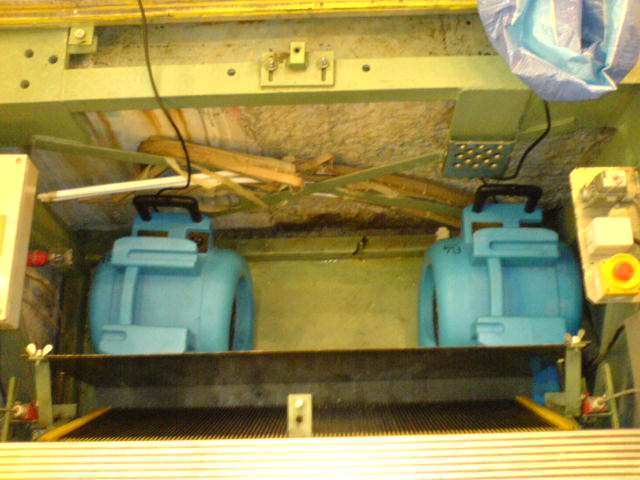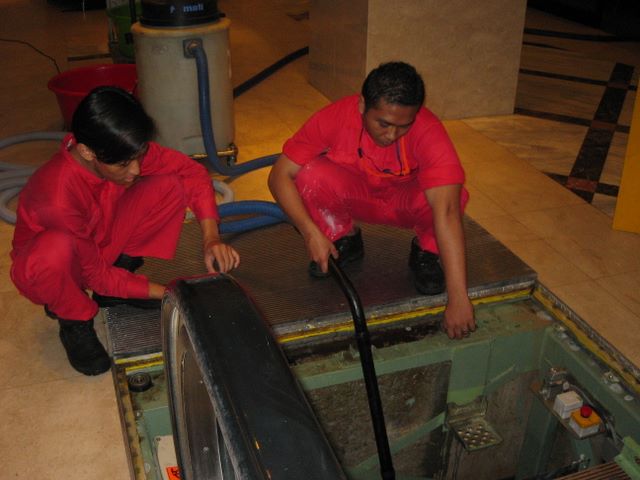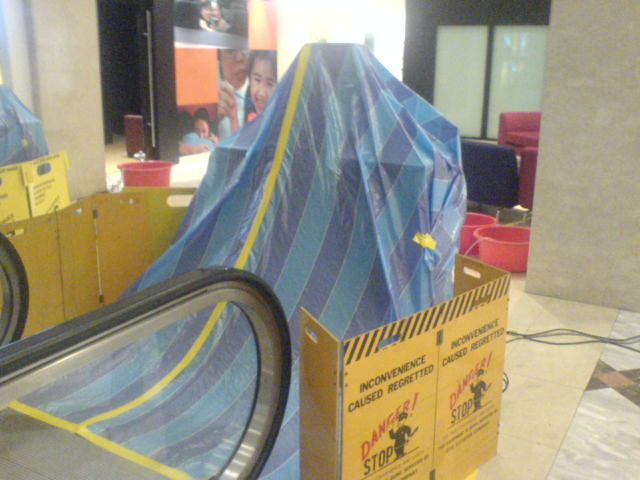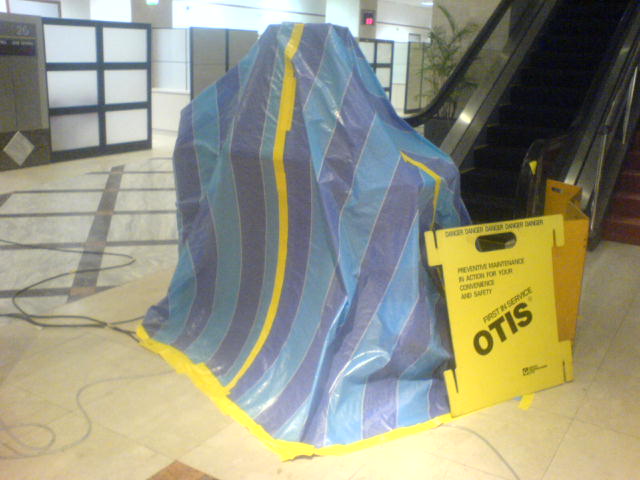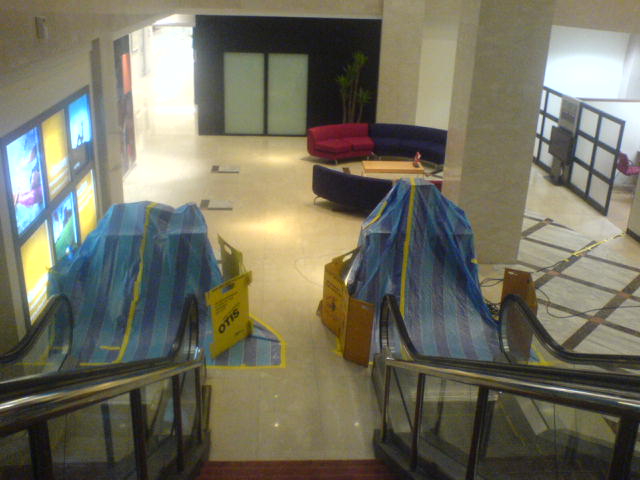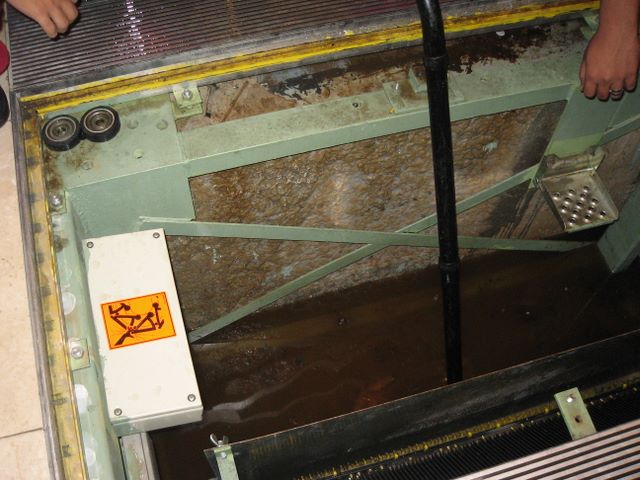Tackling Construction Dust in Duct Systems
Our clients faced a significant challenge when construction dust heavily contaminated their duct systems. This dust accumulation not only compromised ventilation and indoor air quality but also created an environment conducive to microbial growth within the ducts. Addressing this issue was crucial for maintaining a healthy indoor environment.
This case study highlights DRS’s approach to resolving this complex problem. Our team was tasked with not just cleaning the ducts but also ensuring that they were protected from future microbial contamination. The focus was on restoring the duct system to its optimal condition, thereby enhancing the overall air quality and safety of the premises.
Overcoming Dust Accumulation and Microbial Risks in Ducts
The primary challenge was to thoroughly clean the ducts, removing all traces of construction dust. This task was compounded by the need to address the potential for microbial growth on the dust substrate. Ensuring the safety and effectiveness of the cleaning process while minimizing downtime was essential.
The situation demanded a solution that not only cleaned the ducts but also provided long-term protection against microbes. It was crucial to implement a method that would not only resolve the current problem but also prevent future health risks associated with poor indoor air quality.
Effective Cleaning and Anti-Microbial Protection
DRS’s response involved a two-step process. Initially, we conducted a safe physical removal and thorough cleaning of the ducts, ensuring all dust and particulate matter was eliminated. This was followed by rigorous testing for particulate levels to confirm the effectiveness of the cleaning.
Subsequently, we applied a non-leaching anti-microbial coating to the ducts. This coating was designed to inhibit the future growth of micro-organisms, ensuring long-term protection and maintaining the cleanliness of the duct system. This comprehensive approach ensured that the ducts were not only cleaned but also safeguarded against potential health hazards.
Enhancing Air Quality and Health Safety
The result of DRS’s intervention was a thoroughly cleaned duct and ventilation system, free from construction dust and protected against microbial growth. The application of the anti-microbial coating significantly reduced the risk of allergic reactions and respiratory ailments, contributing to a healthier indoor environment.
Our solution effectively mitigated the health risks associated with contaminated duct systems. This case study underscores DRS’s capability to provide comprehensive solutions that not only address immediate concerns but also offer long-term benefits, reinforcing our commitment to improving indoor air quality and public health.
